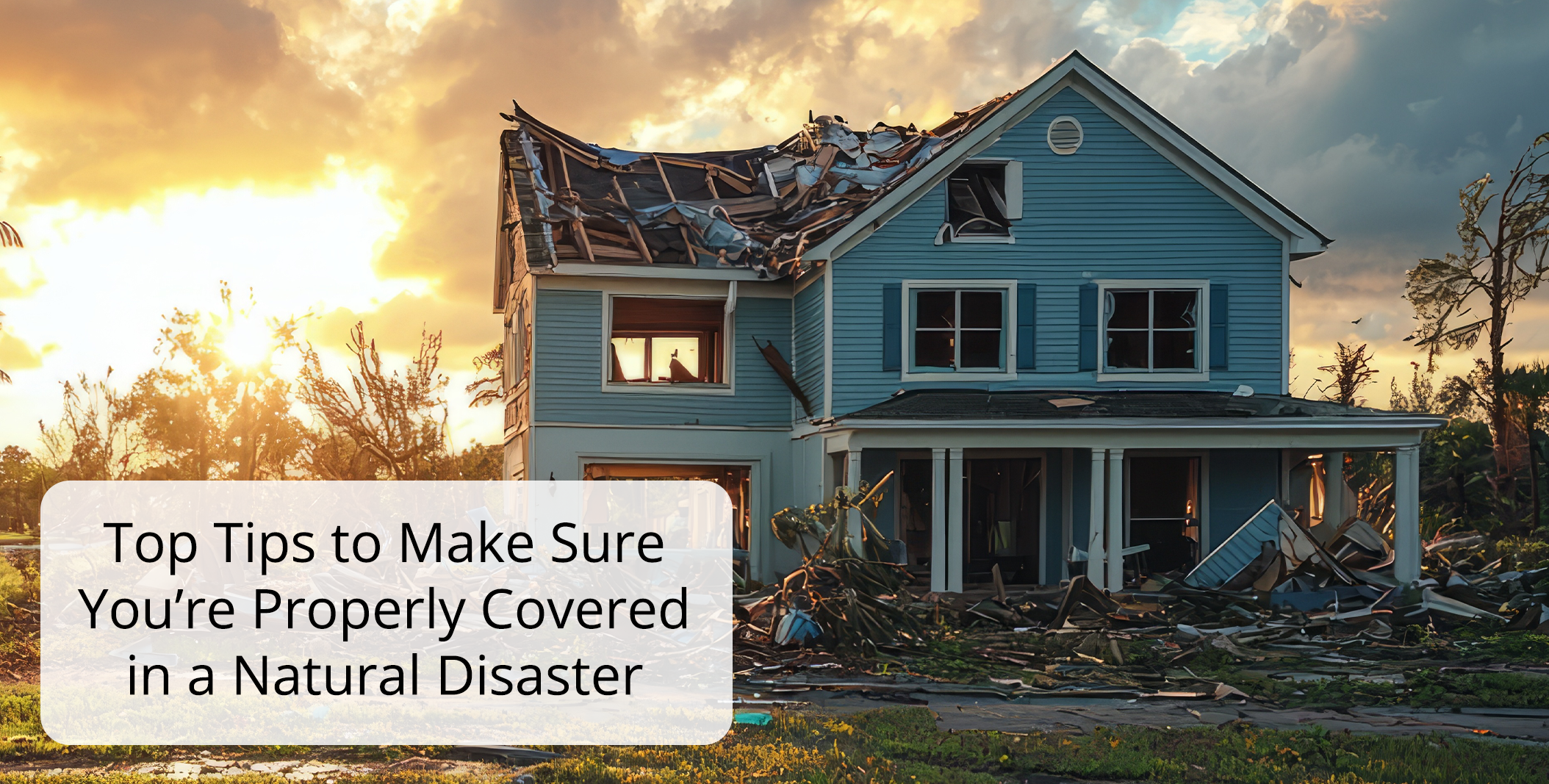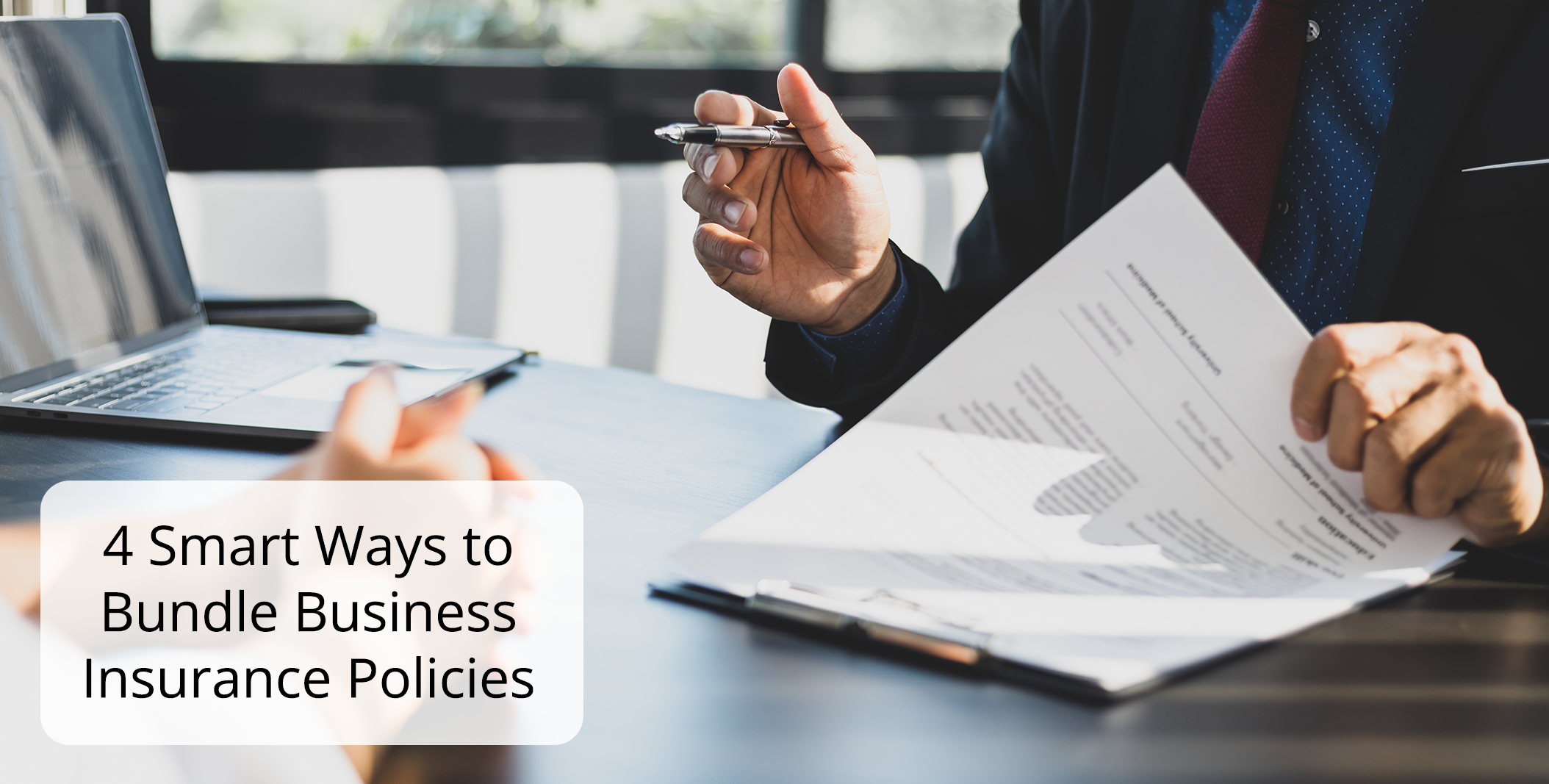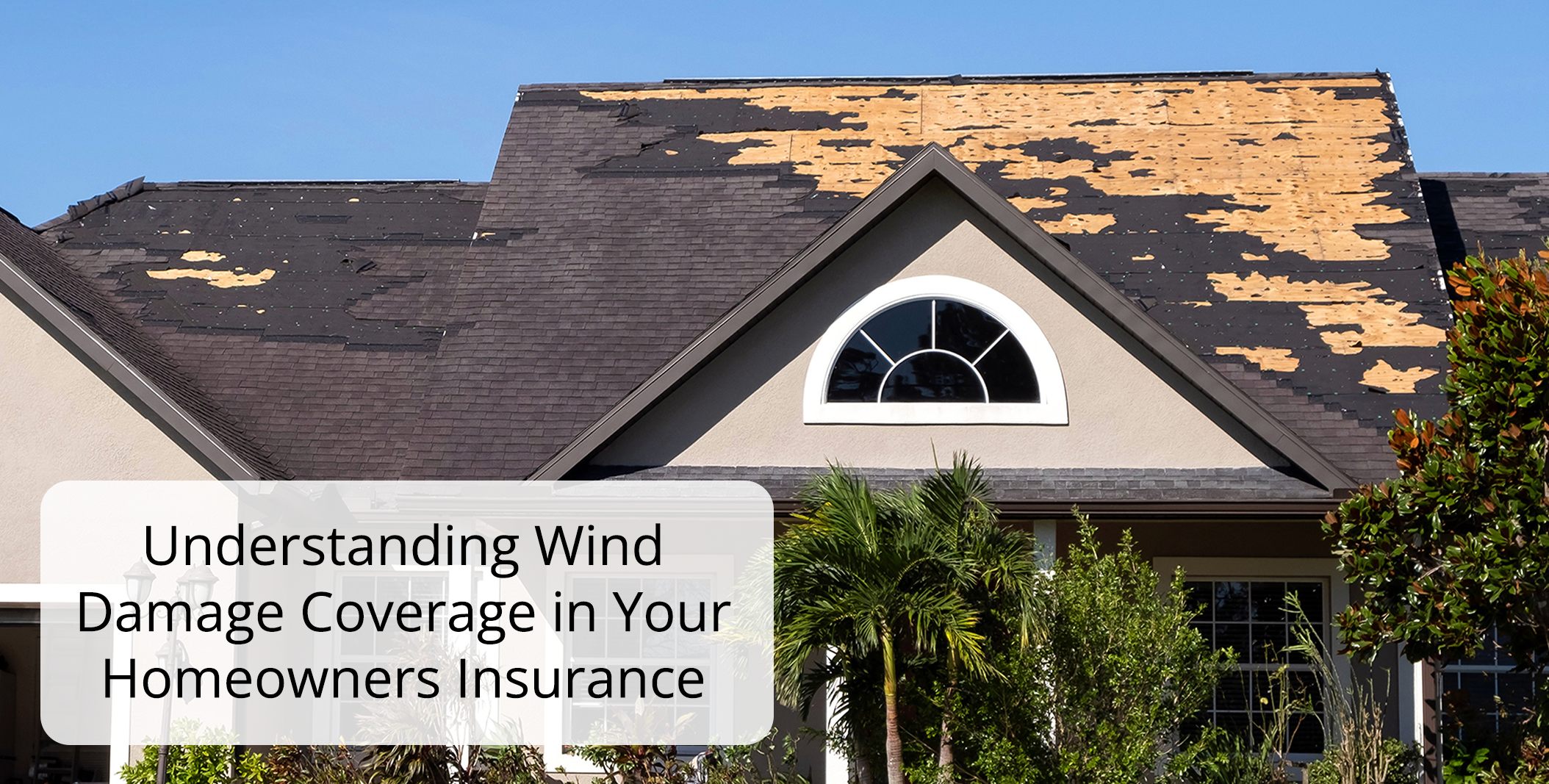Life is full of changes, and as your circumstances evolve, so do your financial responsibilities. Whether you’re getting married, buying a home, or welcoming a new child, major life events can significantly impact your life insurance needs. Reassessing your life insurance coverage ensures your loved ones remain protected and that your policy aligns with your current financial goals.
This guide walks you through the steps to evaluate and adjust your life insurance after a major life event.
Why Reassess Your Life Insurance?
Life insurance is designed to provide financial security for your loved ones in the event of your passing. However, as your life changes, the amount and type of coverage you need may change too. Regularly revisiting your policy ensures:
- Your beneficiaries are adequately protected.
- Your coverage matches your current financial obligations.
- You’re not overpaying for unnecessary coverage.
Major Life Events That Trigger a Reassessment
1. Getting Married
Marriage often brings shared financial responsibilities, such as mortgage payments or household expenses. Updating your life insurance policy ensures your spouse is financially supported if something happens to you.
2. Becoming a Parent
Having children creates new financial responsibilities, from childcare to education costs. Increasing your life insurance coverage can help secure your child’s future.
3. Buying a Home
A new mortgage represents a significant financial commitment. Your life insurance policy should cover outstanding mortgage debt to prevent your family from facing financial strain.
4. Starting a Business
If you’ve started a business, life insurance can protect your business partners, cover loans, or provide for your family if you’re no longer able to contribute.
5. Divorce or Separation
After a divorce, you may need to update beneficiaries and adjust coverage to reflect your new financial responsibilities.
6. Retirement
Retirement often comes with reduced income and financial obligations. Reassess whether you still need the same level of coverage or if a smaller policy will suffice.
7. Receiving an Inheritance or Experiencing Financial Changes
A significant financial windfall or loss can impact your insurance needs. Adjust your policy to reflect your new financial situation.
Steps to Reassess Your Life Insurance Needs
1. Evaluate Your Current Financial Situation
Start by assessing your current income, expenses, debts, and assets. Consider:
- Outstanding debts (e.g., mortgages, car loans, credit cards).
- Living expenses for your family.
- Future financial goals, such as education funds or retirement savings.
2. Calculate Your New Coverage Needs
Use the DIME Method (Debt, Income, Mortgage, Education) as a guideline to estimate your coverage needs:
- Debt: Include all outstanding debts except your mortgage.
- Income: Multiply your annual income by the number of years your family would need financial support.
- Mortgage: Add the remaining balance on your mortgage.
- Education: Estimate the cost of college or other education expenses for your children.
Add these amounts to determine the total coverage needed to protect your family.
3. Review Your Current Policy
Examine your existing life insurance policy to see if it aligns with your updated needs. Key aspects to review include:
- Coverage amount.
- Policy type (term or permanent).
- Beneficiary designations.
4. Update Your Beneficiaries
Major life events like marriage, divorce, or having children may require updating your beneficiaries. Ensure the correct individuals are listed to avoid complications.
5. Consider Adding Riders
Riders are optional add-ons that provide additional benefits. Common riders to consider include:
- Child Term Rider: Covers your children under your policy.
- Spousal Rider: Provides coverage for your spouse.
- Disability Waiver of Premium: Waives premiums if you become disabled.
6. Explore New Policy Options
If your current policy no longer meets your needs, consider switching to a different type of policy:
- Term Life Insurance: Affordable coverage for a specific period, ideal for temporary needs like paying off a mortgage.
- Whole Life Insurance: Offers lifelong coverage with a cash value component, suitable for estate planning or long-term financial goals.
How to Adjust Your Policy
1. Work with Your Insurance Provider
Contact your insurer to discuss changes, such as increasing coverage, adding riders, or switching policies.
2. Compare Policies
If your current insurer doesn’t offer the options you need, shop around and compare quotes from multiple providers.
3. Perform a Medical Examination (if needed)
Updating or increasing your coverage may require a new medical exam. Be prepared to provide updated health information.
4. Ensure Continuity
When switching policies, ensure the new coverage is active before canceling your old policy to avoid any gaps.
Common Mistakes to Avoid
- Failing to Update Beneficiaries: Outdated beneficiary designations can create legal and financial complications.
- Underestimating Future Needs: Ensure your coverage accounts for inflation and future expenses, such as college tuition.
- Ignoring Changes in Debt: Adjust your policy to reflect new debts or paid-off loans.
- Relying Solely on Employer-Provided Insurance: Employer plans may not offer enough coverage or remain valid if you change jobs.
Benefits of Regularly Reassessing Your Life Insurance
- Financial Security: Ensures your loved ones are protected against new or evolving risks.
- Cost Efficiency: Helps you avoid overpaying for coverage you no longer need.
- Peace of Mind: Provides reassurance that your policy reflects your current life stage and goals.
Final Thoughts
Life is full of changes, and your life insurance policy should evolve with you. Whether you’ve experienced a major milestone or anticipate future changes, reassessing your life insurance needs ensures that you’re providing the best possible protection for your loved ones.
Work with an experienced insurance agent to review your policy, explore new options, and make adjustments that align with your current situation. By keeping your coverage up to date, you can rest easy knowing your family’s financial future is secure.
Disclaimer: The information provided in this article is for educational purposes only. It is important to consult with a qualified insurance professional for advice tailored to your specific circumstances.







